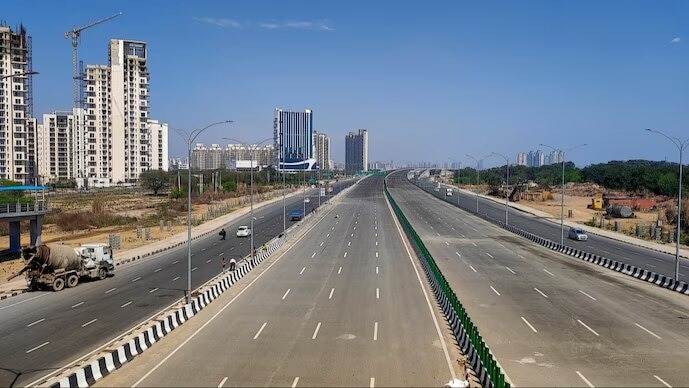India has seen a massive infrastructure push in the last decade, but infrastructure-creation efforts are predominantly public sector-led. There is a need to increase private investment to continue down the development path, highlighted the Economic Survey released Monday.
The document noted that transformative changes have occurred in the infrastructure landscape with a consistent focus on road, rail and air connectivity, sanitation, and digital infrastructure. However, infrastructure-creation efforts in India are led by government agencies, state-owned entities, and banks.
Citing the Infrastructure Monitor 2023 published by Global Infrastructure Hub and the World Bank, the survey states that between fiscal years 2019 and 2023, the Union and state governments contributed 49 percent and 29 percent of the total investments, respectively, while the private sector contributed 22 percent.
“For India to continue building quality infrastructure, a higher level of private sector financing and resource mobilization from new sources will be crucial. Facilitating this would not only require policy and institutional support from the Central Government, but State and Local Governments would have to play an equally important role,” it noted.
The government has been trying to attract private investment in the road sector by making changes to the model concession agreement to bring private players into highway construction. The Railways could not attract private bids for its ambitious station redevelopment plan, and now all projects are being done through government-funded EPC (engineering, procurement, and construction) mode.
Looking at international experiences to facilitate resource mobilisation for infrastructure development, the survey lists examples such as pooled financing mechanisms for municipal projects, specialised municipal intermediaries, asset recycling programs, tax increment financing, and land sales and development rights as innovative approaches.
The survey also points to the need to improve data capture and reporting mechanisms for investments in infrastructure across instruments and sectors, as well as its composition across different projects at a granular level.
“The Rangarajan Commission Report on Infrastructure Statistics (2001) underscored the importance of collecting and maintaining a reliable statistical database for the infrastructure sector. Major strides have been made since then to collect data on policy direction, institutional strength, project performance, and monitoring. However, data gaps persist in some key areas,” it adds.
It also highlights that existing databases fall short in assessing the demand for infrastructure and tracking the utilization of facilities built in the sub-sectors.
“Demand aggregation can provide insight into the appetite for infrastructure projects based on sub-sectors and regions, while the construction of an index that tracks utilization rates would shed light on sub-sectors where there is either an oversupply or shortfall of required infrastructure facilities. Addressing these two gaps can provide additional diagnostic measures for enabling policymakers and other stakeholders to optimally allocate scarce resources,” it added.

